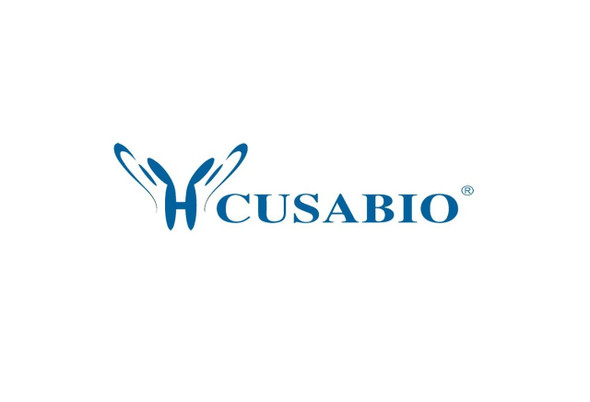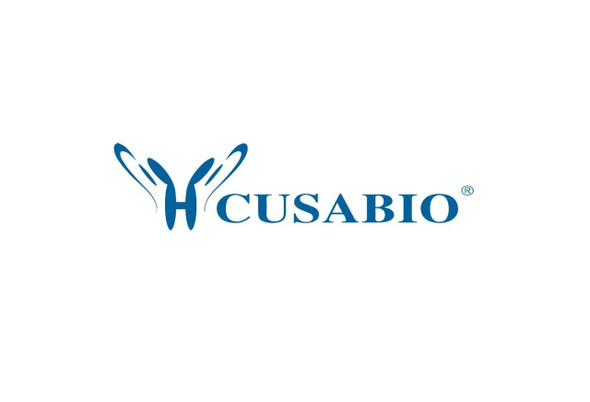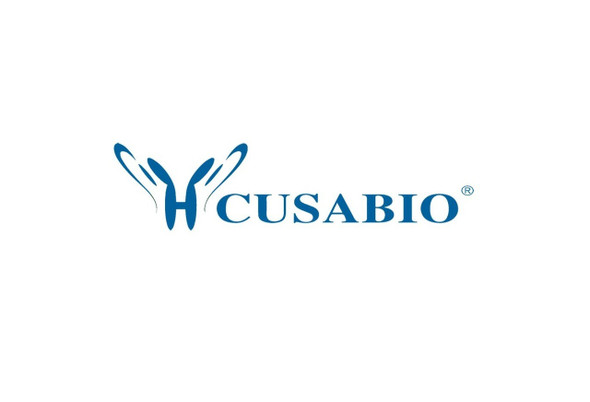Cusabio Virus & Bacteria Recombinants
Recombinant Human papillomavirus type 18 Major capsid protein L1 (L1), partial | CSB-EP361951HMN1
- SKU:
- CSB-EP361951HMN1
- Availability:
- 13 - 23 Working Days
Description
Recombinant Human papillomavirus type 18 Major capsid protein L1 (L1), partial | CSB-EP361951HMN1 | Cusabio
Alternative Name(s): L1; Major capsid protein L1
Gene Names: L1
Research Areas: Others
Organism: Human papillomavirus type 18
AA Sequence: GSIVTSDSQLFNKPYWLHKAQGHNNGVCWHNQLFVTVVDTTPSTNLTICASTQSPVPGQYDATKFKQYSRHVEEYDLQFIFQLCTITLTADVMSYIHSMNSSILEDWNFGVPPPPTTSLVDTYRFVQSVAITCQKDAAPAENKDPYDKLKFWNVDLKEKFSLDLDQYPLGRKFLVQ
Source: E.coli
Tag Info: N-terminal 6xHis-tagged
Expression Region: 358-533aa
Sequence Info: Partial
MW: 24.1 kDa
Purity: Greater than 90% as determined by SDS-PAGE.
Relevance: Forms an icosahedral capsid with a T=7 symmetry and about 55 nm diameter. The capsid is composed of 72 pentamers linked to each other by disulfide bonds and associated with L2 proteins. The capsid encapsulates the genomic DNA, but does not bind DNA. Essential for the initial attachment to the host cell .
Reference: Nucleotide sequence and comparative analysis of the human papillomavirus type 18 genome. Phylogeny of papillomaviruses and repeated structure of the E6 and E7 gene products.Cole S.T., Danos O.J. Mol. Biol. 193:599-608(1987)
Storage: The shelf life is related to many factors, storage state, buffer ingredients, storage temperature and the stability of the protein itself. Generally, the shelf life of liquid form is 6 months at -20?/-80?. The shelf life of lyophilized form is 12 months at -20?/-80?.
Notes: Repeated freezing and thawing is not recommended. Store working aliquots at 4? for up to one week.
Function: Forms an icosahedral capsid with a T=7 symmetry and a 50 nm diameter. The capsid is composed of 72 pentamers linked to each other by disulfide bonds and associated with L2 proteins. Binds to heparan sulfate proteoglycans on cell surface of basal layer keratinocytes to provide initial virion attachment. This binding mediates a conformational change in the virus capsid that facilitates efficient infection. The virion enters the host cell via endocytosis. During virus trafficking, L1 protein dissociates from the viral DNA and the genomic DNA is released to the host nucleus. The virion assembly takes place within the cell nucleus. Encapsulates the genomic DNA together with protein L2.
Involvement in disease:
Subcellular Location: Virion, Host nucleus
Protein Families: Papillomaviridae L1 protein family
Tissue Specificity:
Paythway:
Form: Liquid or Lyophilized powder
Buffer: If the delivery form is liquid, the default storage buffer is Tris/PBS-based buffer, 5%-50% glycerol. If the delivery form is lyophilized powder, the buffer before lyophilization is Tris/PBS-based buffer, 6% Trehalose, pH 8.0.
Reconstitution: We recommend that this vial be briefly centrifuged prior to opening to bring the contents to the bottom. Please reconstitute protein in deionized sterile water to a concentration of 0.1-1.0 mg/mL.We recommend to add 5-50% of glycerol (final concentration) and aliquot for long-term storage at -20?/-80?. Our default final concentration of glycerol is 50%. Customers could use it as reference.
Uniprot ID: P06794
HGNC Database Link: N/A
UniGene Database Link: N/A
KEGG Database Link: KEGG
STRING Database Link: N/A
OMIM Database Link: N/A









